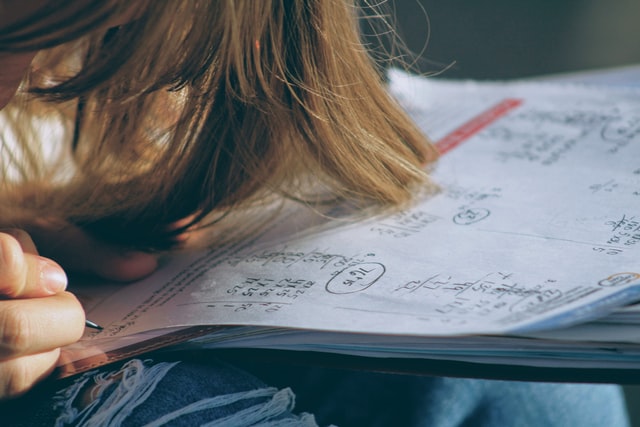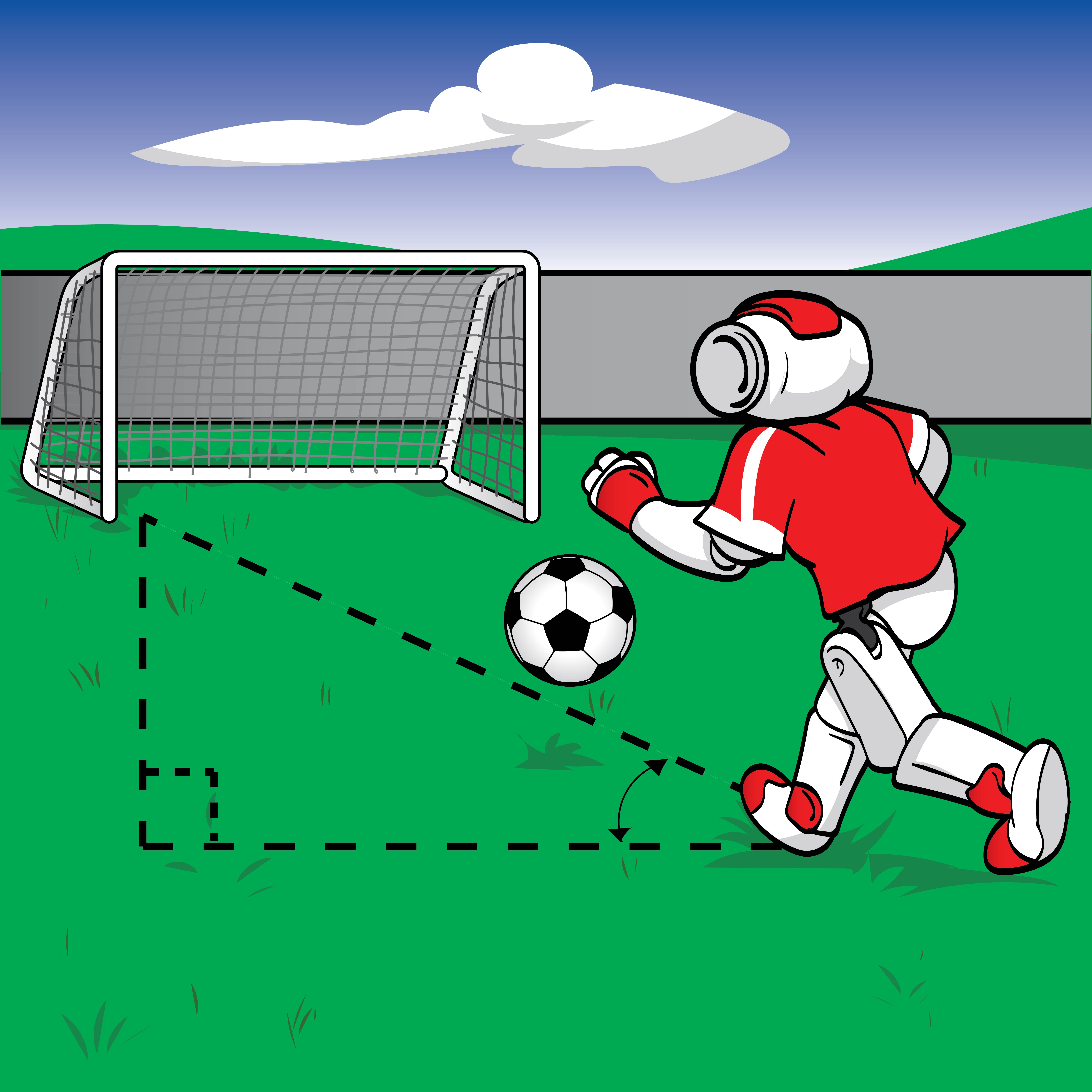 Photo by Joshua Hoehne on Unsplash
Photo by Joshua Hoehne on Unsplash
A popular strategy, using pictures in math class gives students another way to access math concepts and can spark great conversations.
If you grew up watching Mister Rogers’ Neighborhood, you might remember Picture Picture, the motion picture and slide projector that Fred Rogers would use to explain things like how crayons are made with visual aids.
This visual routine worked well for the young audience, and many teachers continue to use pictures with older students to enhance their lessons, as I do frequently with math lessons. Like the children who appreciated Picture Picture, our students can get excited about math with pictures and images, and using pictures changes who is perceived as being good at math: We can show students that math isn’t about just algorithms and shortcuts—it’s about seeing patterns and applying what we know to what is seen.
Especially now, when virtual lessons are becoming more prominent in education, using pictures highly engages children. The focus is no longer on who calculates answers the quickest, it is on true understanding. We need to help our students actually see math all around them.
SOLVING PROBLEMS WITH PICTURES
Word problems and counting can be difficult, and teachers have long used pictures to provide another way to access numerical data. To help students make sense of the math you’re asking them to do, use pictures of quantifiable objects to create easy entry points.
Take a look at the photo of a carton of eggs above. What do you notice? What do you wonder?
Now show the photo to students and ask them what they notice and wonder. They might say it’s an egg carton, and that some eggs are missing. Next ask, “How would you count the eggs in the picture?” Encourage them to verbalize how they count the eggs. One student might see five at the top, four in the middle, and five on the bottom (adding 5 + 4 + 5 = 14 eggs). Another student might see the eggs as four columns of three with an additional two eggs on the side. A third student might see this picture as 18 eggs in total with four eggs missing. With this one picture, you can cover addition, subtraction, and multiplication strategies.
This strategy helps create many entry points for everyone to participate. Every student will count the eggs in their own way, and you can use a variety of pictures to get an idea of each student’s approach to counting.
FINDING TOPIC- AND GRADE-APPROPRIATE PICTURES
Primary grades: Since counting, addition, and subtraction are the core focus, pictures that have missing pieces or spaces are ideal. Find pictures where the objects are scattered. You can also use the same pictures for different grades. If students have seen a picture in a previous grade, challenge them to find as many different ways to find the answer as they can. They will find additional ways to count the objects because their number sense is strengthening with each passing year.
Upper elementary: Multiplication and division are the primary focus, so pictures with arrays would work. Make sure to extend the conversation so that it includes questions about division. For instance, show a picture of 44 beans and five cups. Ask how many beans would go into each cup and how many beans would be left if they put an equal number in each cup.
Fractions: Teaching fractions and decimals can be tricky. Pictures of measuring tape or measuring cups are useful for teaching fractions (and pictures with multiple components also work in order to ask about parts).
Decimals: Money is a prime source for conversation about decimals. Therefore, pictures that focus on counting money will come in handy for percentages and decimals.
Percent: The concept of percent goes hand-in-hand with shopping. When a sign says “40% off,” what does that mean? When signs say “buy one, get one free,” are you really getting something for free? Retail signs are an ideal way of making sense of percent.
Ratios/rates: This middle school topic is much more enticing to students if they have to compare different objects. Using actual grocery store advertisements as a way of teaching rates is engaging to middle school students. This shows how adults use rates to find the best deal while shopping.
Geometry: Shapes, lines, and angles are easy to find in our everyday lives. Pictures with different shapes can help students realize that we use math—and geometry—all the time. From parking cars to building houses, geometry is easily accessible through images.
Finding pictures to use for your math lessons is easier than you think. Here are a few tips:
-Search for pictures on math websites: Use sites like Number Talk Images and my own site to identify objects that will appeal to your students. If you’re on Twitter, search for #HowMany or #UnitChat, which educators use constantly to share pictures. If you use a stock photo site, most elementary students will enjoy pictures of doughnuts, cupcakes, or any type of candy.
-Choose an arrangement that sparks conversation: A Google image search for something like doughnuts will turn up a variety of different configurations—select a scattered pattern. Start with searching for your item and then look at the pictures for patterns.
Take your own pictures: Take photos of objects at your local grocery store or countable items in your home such as beads, buttons, or coins.
No matter where you find your pictures, students will be excited and want to participate in conversations regarding the pictures—after all, math is all around us.
Discover more about Math with RobotLAB!



